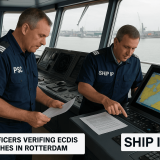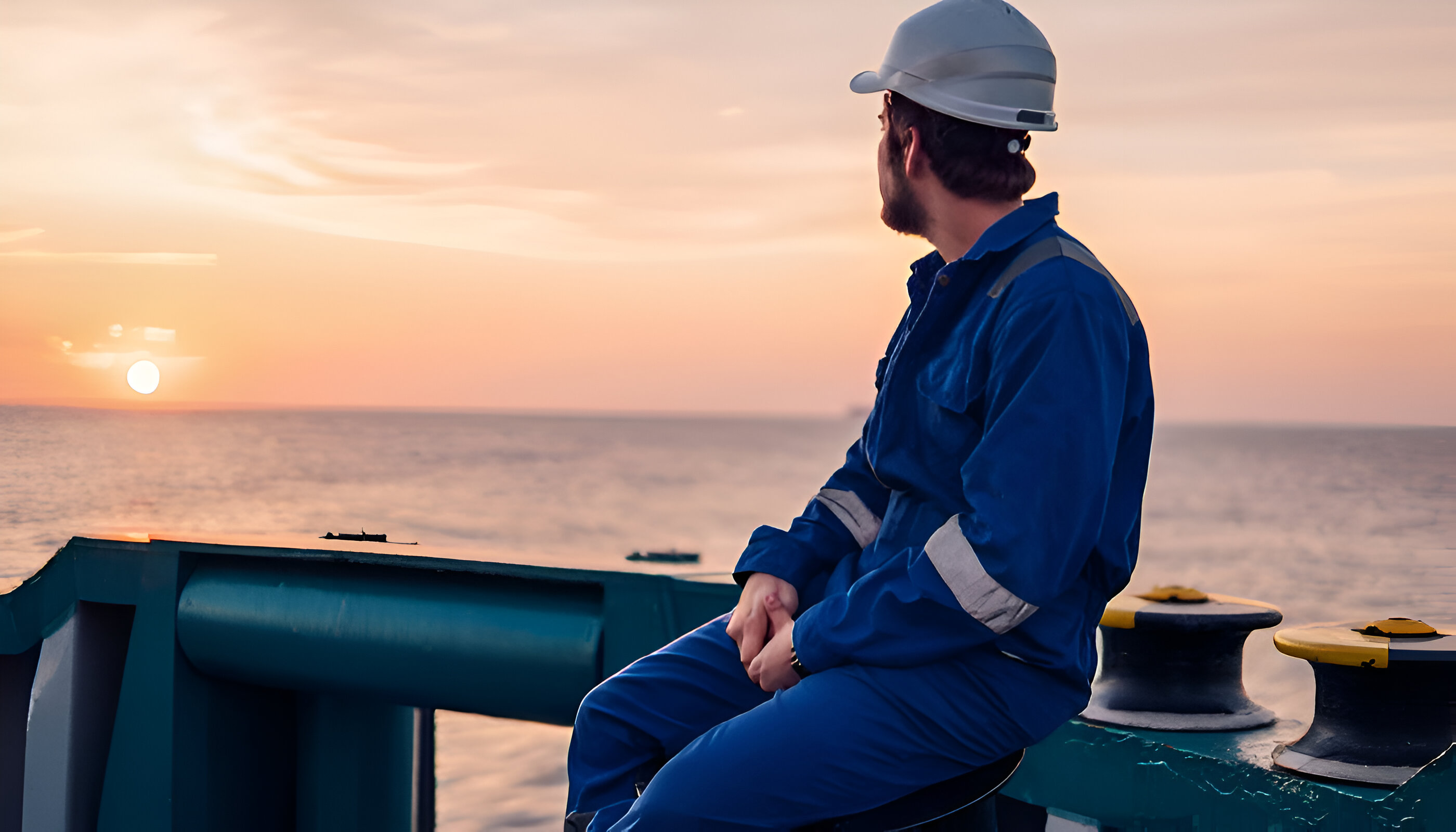IMO takes the e-navigation reins
January 14, 2021 Maritime Safety News
Progress on e-navigation leads to new guidelines for standardised displays and integrated navigation systems
IMO agreed draft guidelines for navigation equipment and made progress on its e-navigation strategy in January 2019 at the Navigation, Communications and Search and Rescue (NCSR) sub-committee meetings.
E-navigation benefits will include the harmonised collection, integration, exchange, presentation and analysis of marine information leading to improvements in safety, security and protecting the marine environment, reducing the administrative burden on seafarers.
IMO secretary-general Kitack Lim was satisfied with the sub-committee’s progress and approval of a number of drafts and amendments.
“The actions taken and decisions made by this sub-committee are key for the implementation of effective measures for safe navigation,” he said. “For improved co-ordination to avoid maritime accidents and ensure a quick and efficient response in case of a search and rescue incident.”
“The actions taken and decisions made by this sub-committee are key for the implementation of effective measures for safe navigation”
The NCSR 6 sub-committee agreed with requests from delegations that IMO should work in collaboration with member states to lead on e-navigation. “There is no doubt that IMO should continue to lead these developments and address all safety aspects of navigation, including the harmonisation of maritime services in the context of e-navigation,” said Mr Lim.
IMO will partner with others to further develop, harmonise and define e-navigation maritime services including:
- Vessel traffic services.
- Communicating maritime safety information*.
- Vessel shore reporting.
- Ice navigation.
- Search and rescue.
- Pilotage and tug services.
- Telemedical assistance.
- Meteorological and hydrographic information.
Draft guidance agreed
In the meantime, IMO has drafted guidelines on performance standards for navigation equipment on ship bridges. This includes a draft Marine Safety Committee (MSC) circular on guidelines for standardising user interface design for navigation equipment.
IMO’s aim is to promote standardisation of human-machine interfaces and information used by seafarers to monitor, manage and perform navigational tasks to enhance situational awareness and improve navigation safety. These guidelines apply to integrated navigation systems (INS), ECDIS, radar and other bridge equipment with an interface.
Along with this, NCSR 6 agreed draft amendments to the performance standards for presenting navigation-related information on shipborne navigational displays, including radar, ECDIS and INS. Revised performance standards will come into force on 1 January 2024.
IMO’s sub-committee finalised draft updates to guidelines written to cover presenting navigational-related symbols on bridge systems to achieve harmonisation across equipment.
Another achievement in January was agreeing a draft MSC resolution covering guidance on defining and harmonising the format and structure of maritime e-navigation services to be implemented internationally, as opposed to the current regional testbeds.
It was agreed that all maritime services should conform with the International Hydrographic Organization (IHO) S-100 framework standard, which specifies the method for data modelling and developing product specifications.
There was also agreement on a draft MSC circular covering the initial descriptions of e-navigation maritime services. These would be periodically updated to account for developments and related work on harmonisation.
VDR and Polar Code
NCSR 6 agreed to draft amendments to MSC circulars updating the guidelines on annually testing voyage data recorders (VDRs) and simplified VDRs, thereby clarifying the examination of float-free capsules approved in accordance with resolution MSC.333(90).
Another achievement was submitting draft guidance for navigation and communication equipment used on ships operating in polar waters to the next MSC. This includes recommendations on mechanical shock testing, temperature parameters, addressing ice accretion and battery performance in cold temperatures. This will be fed into an update of IMO’s Polar Code later this year.
NCSR 6 established traffic separation schemes, associated routeing measures, precautionary areas and recommended traffic flow directions in the Sunda and Lombok Straits, Indonesia to reduce the risk of ship collisions and groundings.
Source: rivieramm





